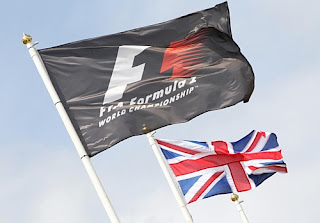1970 Chevy Nova SS 396
Now I would like to talk about the easiest option if you want to make your Nova (or any other Muscle car) fly, a supercharger blower kit. I am sure that you could find loads of brands that offer this kind of crazy stuff, but I recommend you something like what BDS offers, a kit for blocks between 396 and 427 ci which costs around 4.000 $, looks very impressive and you can also upgrade it for an additional price.
In case you think the original 396 ci engine is not enough even after upgrading it, or if you need to change it for any reason, we are going to explain the different engine options depending on what you are looking for.
If you want a middle performance for everyday usage, we recommend you to install a 383 ci V8. This kind of engine could develop more than 400 hp and delivers loads of Torque as you can see in the graphics. The price for this complete engine is around 6.500 $, and they deliver the engine completely assembled and balanced.
If you can pay a little bit more (just 6.950$) you could buy the same size engine but high performance. This version develops 450 hp. And finally the top version of this block, a supercharged high performance 383, but I would only recommend this version for Drags or show pieces because it costs more than 15.000 $. The engine can be designed to have between 400 and 600 hp depending on what you need. But be careful with this kind of supercharged engines, because if you want it to fit, you will have to modify or change your hood. The sound is amazing, have a look at the video bellow:
There are great options also for the Big Block fans, those who prefer to use the whole space under the hood. You could find engines from 427 ci to 572 ci!! (9.374 cc). You could definitely equip these engines with supercharger blower kits. The prices for these engines are higher, from 10.500 to 19.500 $. They reach between 600 and 750 hp, and the supercharged versions around 900 or 1000 hp.










